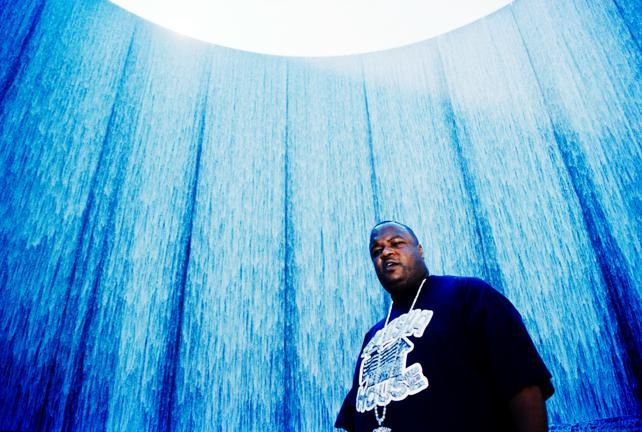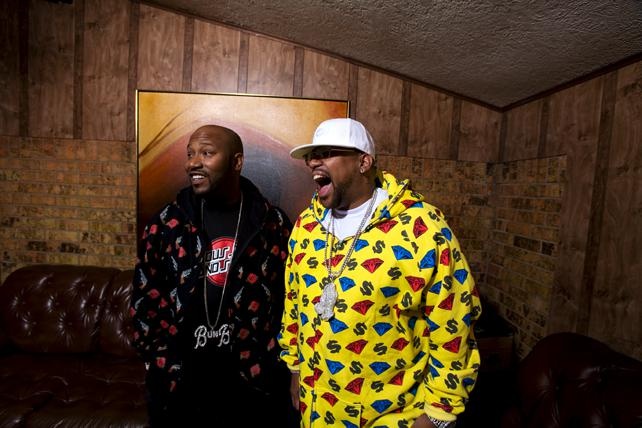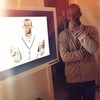
Houston’s impact on 21st century rap is virtually unprecedented. One has to look no further than its pronounced influence on two of the genres biggest stars—Drake and A$AP Rocky—or the obsessive remix culture spawned out of DJ Screw’s legendary screwed and chopped style—to see its wide-ranging and lasting cultural impact.
Advertisement
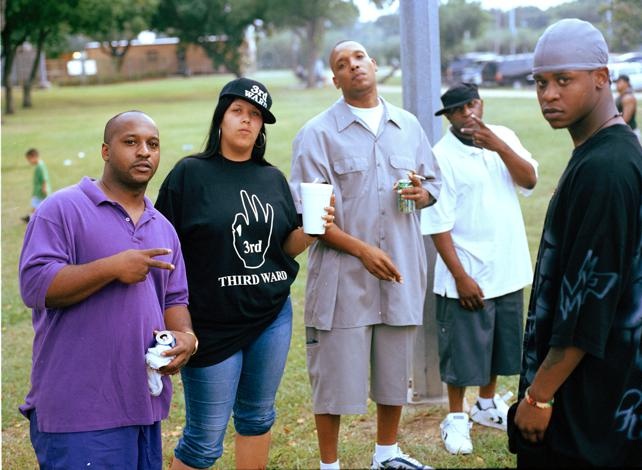
Advertisement
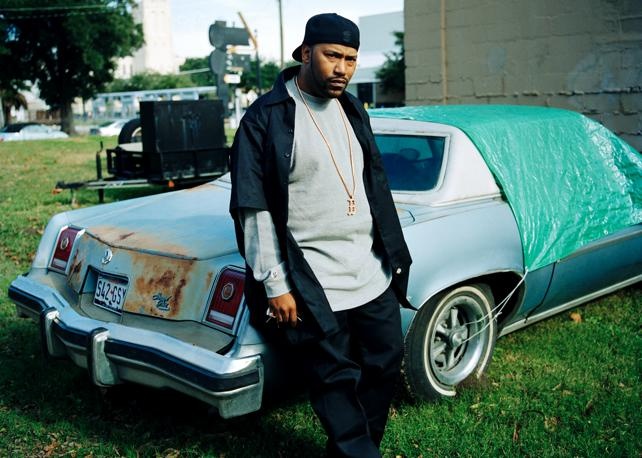
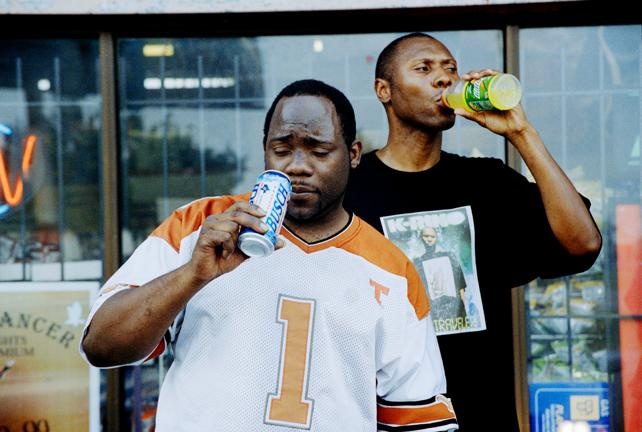
Advertisement

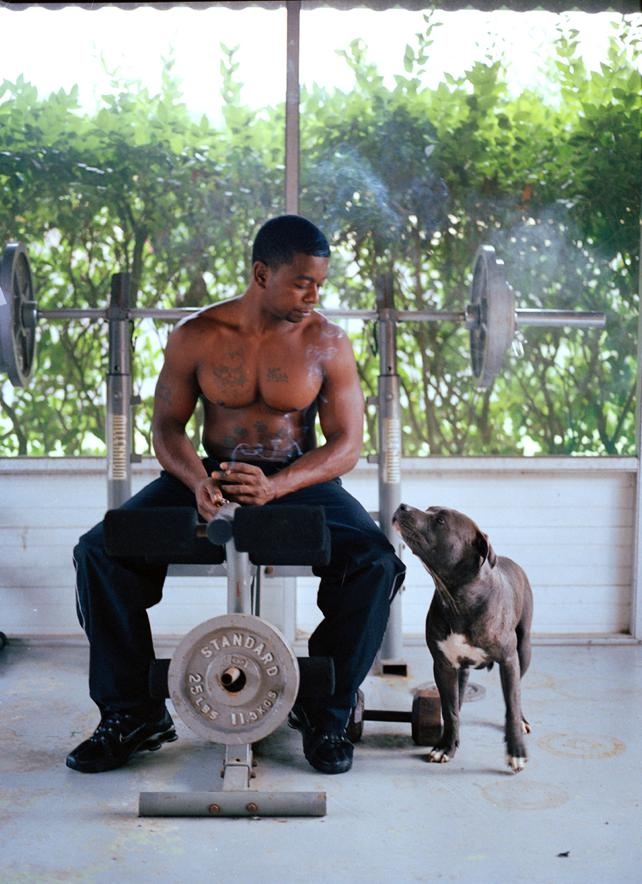
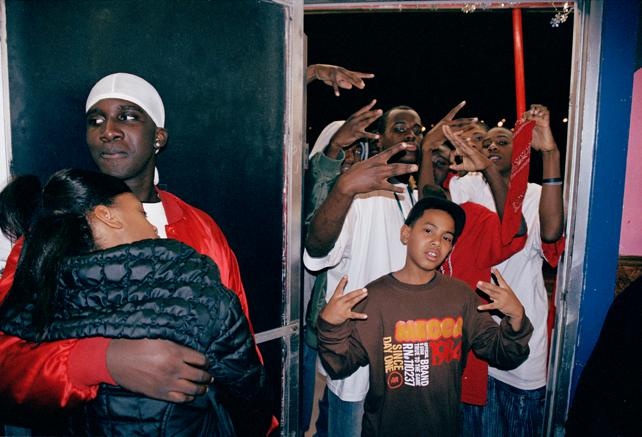
Advertisement
